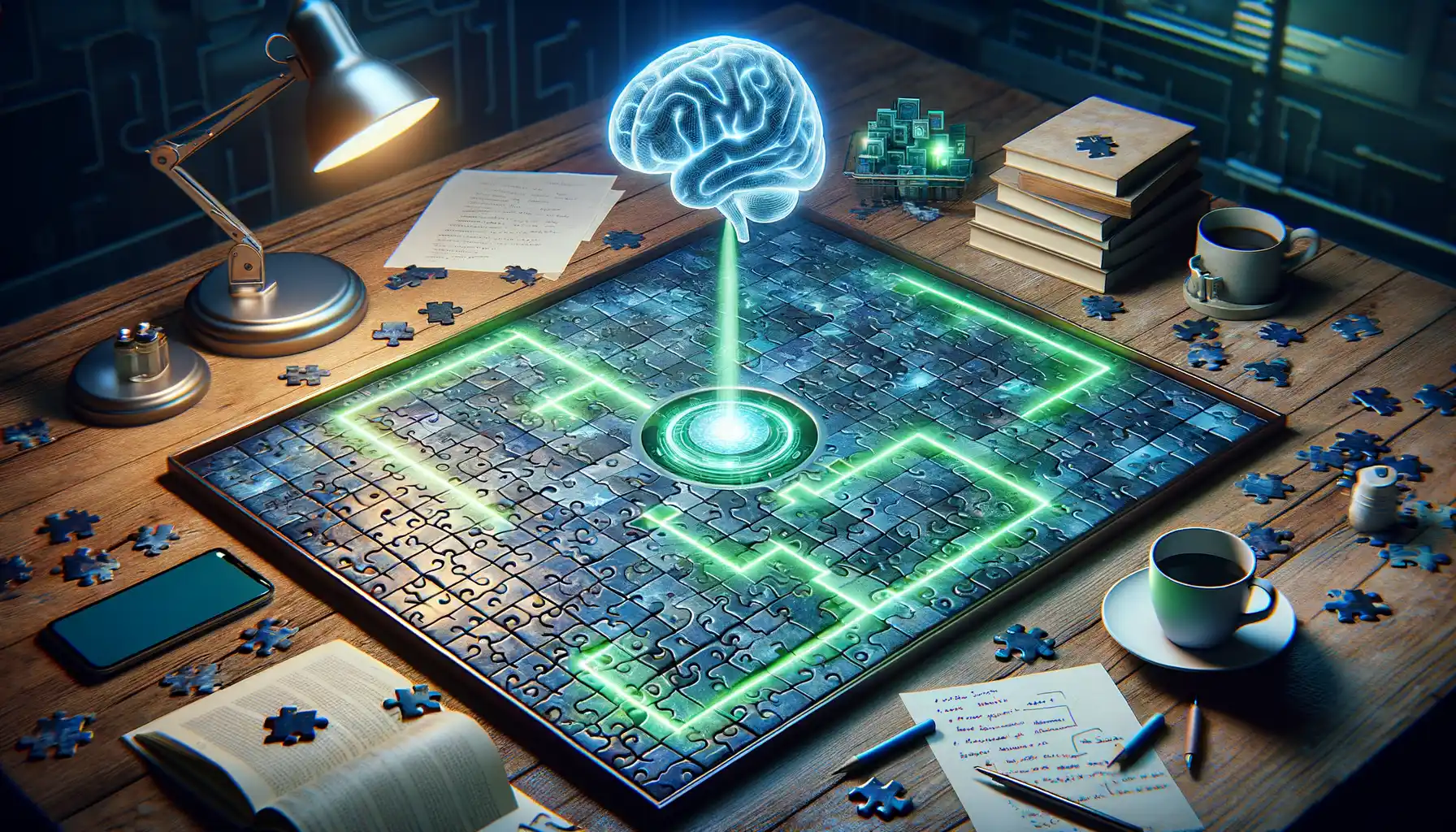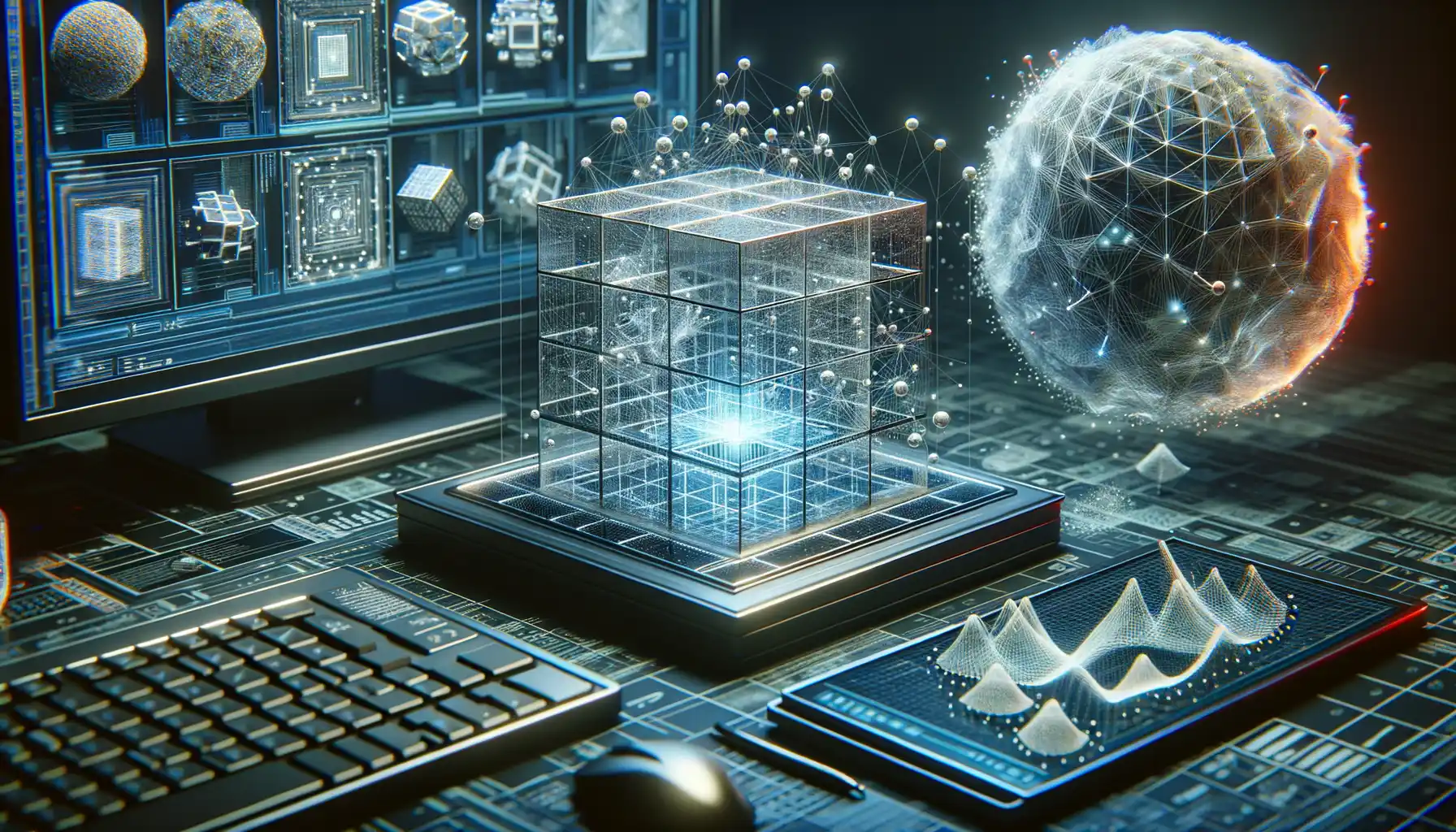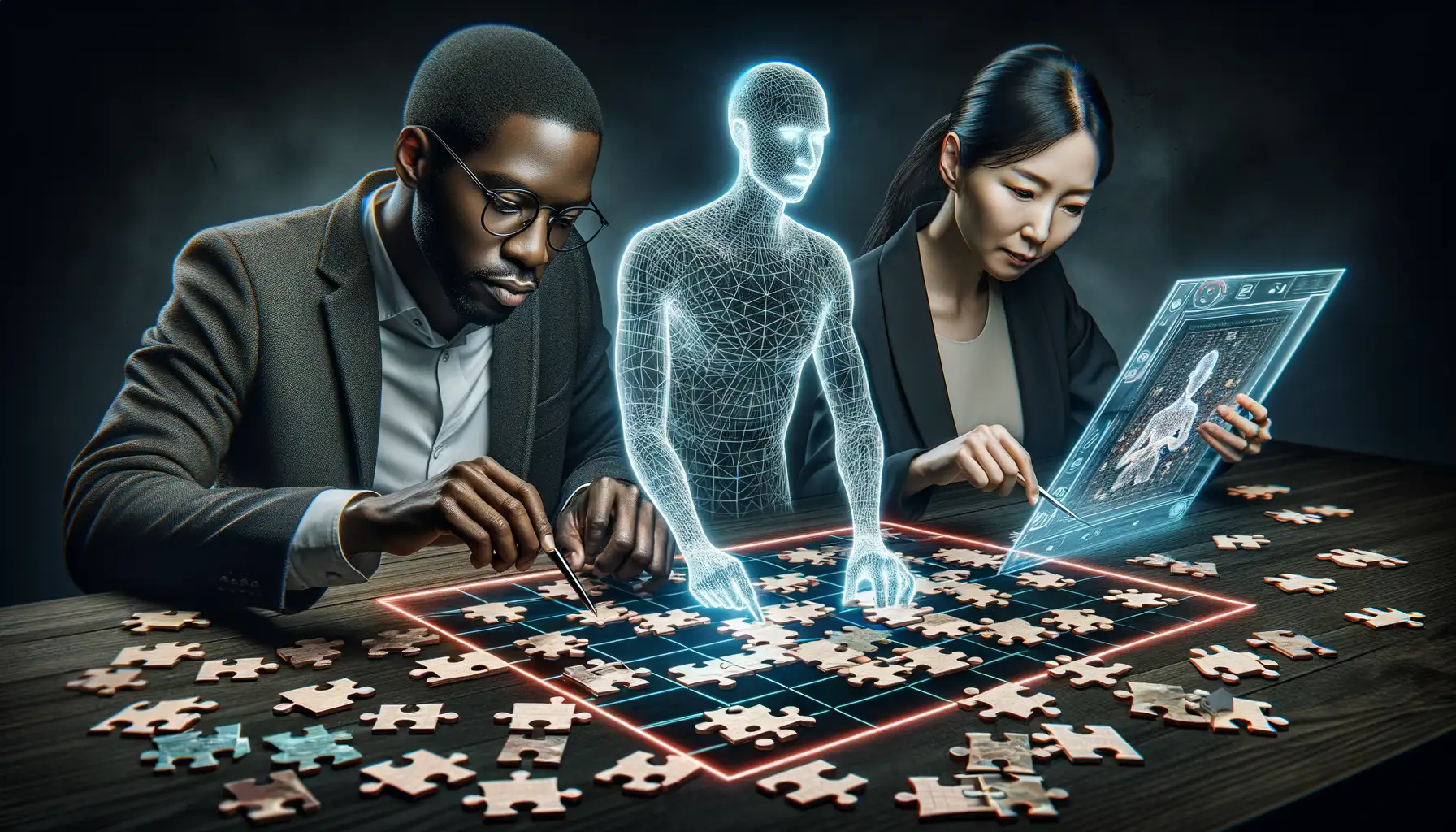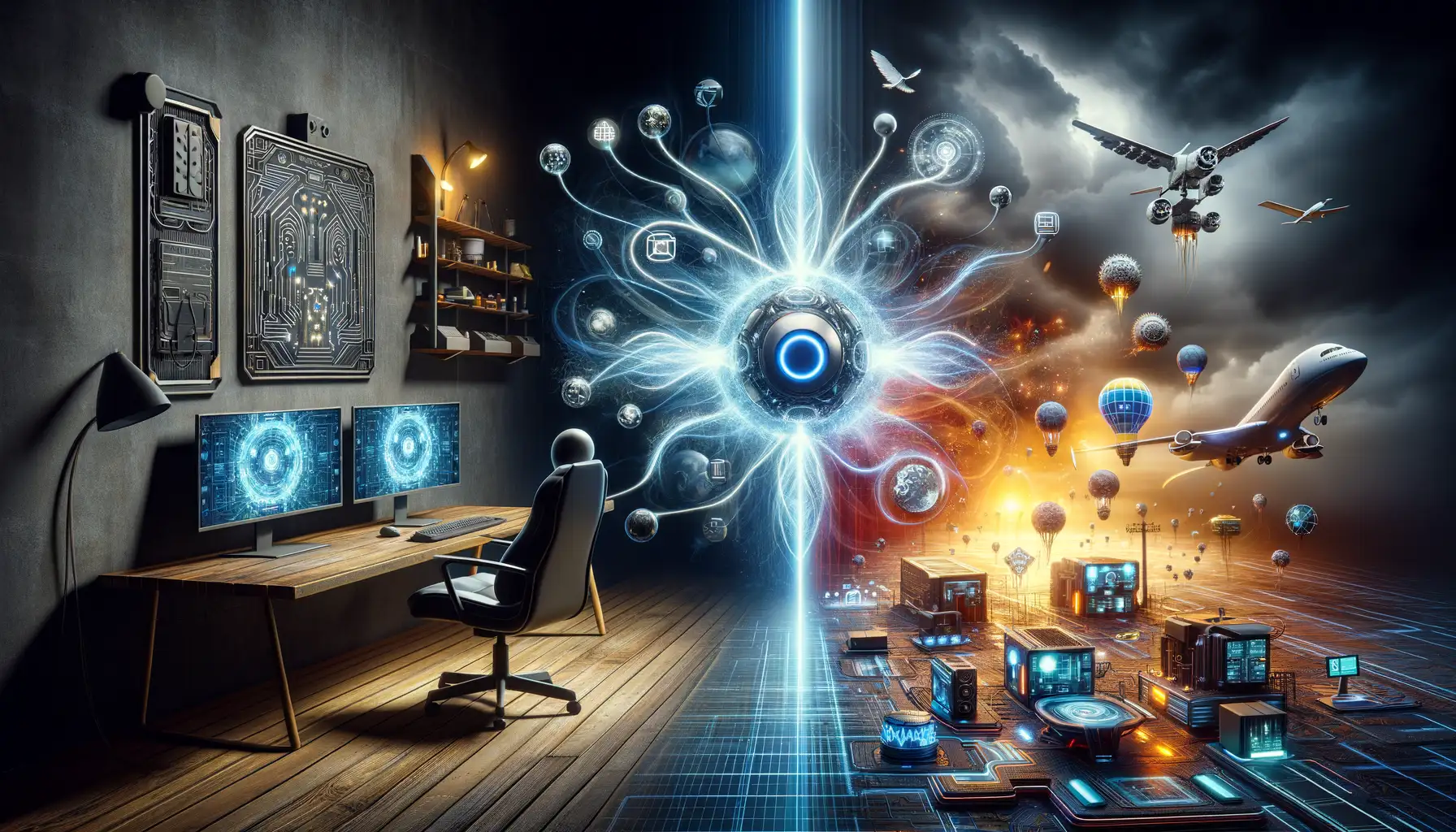Understanding the Role of AI in Puzzle Games
How AI Transforms Your Puzzle-Solving Journey
Picture this: you’re stuck on a mind-bending puzzle, staring at the screen as frustration builds. Enter AI, your ingenious sidekick, swooping in to turn headaches into “aha!” moments. But what’s happening behind the scenes? AI isn’t just a digital crutch—it’s like having an expert gamer whispering tips just when you need them most.
Modern puzzle games thrive on challenge and complexity. That’s where artificial intelligence comes in, analyzing patterns, predicting next moves, and guiding players toward solutions. Think of it as the coach who sees the whole chessboard when you’re focused on a single piece. AI doesn’t just spit out answers; it elegantly nudges players in the right direction while preserving the thrill of discovery.
From AI quizmasters in trivia apps to assistants in Sudoku-solving tools, the technology feels less robotic and more… human. Ever felt like a game was reading your mind? That’s AI magic at work. It’s not stealing the fun; it’s amplifying it.
Advantages of AI-Driven Hints in Solving Puzzles

Unlocking the Edge: How AI Makes Puzzles More Rewarding
Ever been stuck on a puzzle that feels impossible to crack? Like staring into an endless maze, with no way out? Enter the world of AI-driven hints, your personal guide in the labyrinth of brainteasers. These smart helpers don’t just spoon-feed answers—they nudge you at just the right moment, keeping the thrill alive while making frustration a distant memory.
Picture this: you’re playing a challenging level in your favorite puzzle game. You’ve tried everything—rotating, swapping, thinking outside the box. Then comes the magic—an AI-powered hint that doesn’t spoil the fun but gives you just the spark of inspiration needed to keep going. It’s like having a wise friend whispering, “Look closer at that corner piece.”
- Personalized advice: Unlike generic clues, AI adapts to your style and progress, offering tips tailored just for you.
- Real-time feedback: Stuck on a tricky step? AI analyzes the situation instantly and delivers insights just when you need them most.
No judgment, no roll of the eyes—just pure encouragement to help you rediscover the joy of solving puzzles on your terms. It’s a collaboration between human intuition and machine smarts, and honestly, it’s a little addictive.
How AI Analyzes Complex Puzzle Scenarios

Decoding the Magic: How AI Breaks Down Puzzle Chaos
Imagine you’re staring at a maddeningly intricate puzzle—a maze of colors, shapes, or rules that feels unsolvable. Now, picture an invisible genius swooping in to make sense of the chaos. That’s essentially what AI does, but in its own mind-blowing, methodical way.
First, it scans every detail with the precision of an eagle eye—analyzing patterns, relationships, and even the tiniest anomalies you may not even notice. For instance, in a Sudoku game, AI identifies “hidden pairs” or “naked triples” faster than your brain can process the possibilities. In tile-matching games like Candy Crush, it predicts chain reactions five moves ahead.
How does it do this? Through algorithms that mimic human logic but move at warp speed. Here’s a simplified breakdown:
- It creates a digital map of the puzzle environment.
- It calculates all potential moves or combinations.
- It ranks these options based on the likelihood of solving—or maximizing high scores!
What’s mind-boggling is how adaptable AI is. Whether untangling word puzzles or cracking escape-room riddles, it makes decisions with razor-sharp efficiency, almost as if it’s reading the puzzle’s mind!
Real-Life Examples of AI-Assisted Puzzle Solving

How AI Turned Frustration Into “Aha!” Moments
Have you ever been stuck on a puzzle so tricky that it felt like the pieces were laughing at you? Let me tell you about Sarah, an avid escape room gamer. She spent weeks obsessed over a maddeningly cryptic Sudoku-style app level. Every number felt wrong, every strategy hit a dead end. But then, she clicked “AI hint.”
With a single tap, the system revealed not just the next logical step, but offered a subtle nudge: “Consider how this row balances the total sum.” Suddenly, it clicked. Sarah solved the entire puzzle within minutes. That wasn’t just a win; it was her *victory dance in the living room* moment.
For others, like Daniel, navigating elaborate treasure maps in adventure games became possible through AI’s ability to suggest patterns he overlooked. His favorite part? AI didn’t ruin the game—it empowered him to see strategies he could carry into future levels.
- One gamer used AI hints to decode a decades-old cipher from a historic-themed puzzle game.
- Another cracked a color-matching challenge by learning unique AI-driven grouping techniques.
These aren’t just success stories—they’re proof that AI makes the impossible feel achievable.
Future Potential of AI in Gaming and Beyond

AI Redefining Boundaries in Gaming
Imagine a future where every game you play feels tailor-made to your skills, preferences, and moods. That’s the magic AI brings to the table. We’re already seeing glimpses of it with AI-driven hints, but the possibilities stretch far beyond helping you crack that impossible puzzle level. What if a game could adapt mid-session, learning about your playstyle to offer challenges that are just the right mix of frustrating and rewarding? That’s not science fiction—it’s nearly here.
Think about dynamic storytelling, too. With AI, characters could evolve based on how you interact with them, crafting unique narratives for every player. That stubborn NPC you ignored? Maybe they grow bitter and create an entirely new subplot to derail your mission. Or imagine multiplayer games where AI steps in to fill gaps, creating lifelike teammates or opponents that feel indistinguishable from human players.
- Seamless open-world gaming with environments that grow and change as you explore.
- AI therapists in games offering emotional support for gamers by recognizing frustration or burnout patterns.
- Hyper-realistic simulations in VR blending entertainment with education.
Beyond Gaming: The Ripple Effect
But here’s the kicker—this tech will ripple into other industries. Picture workplace training simulations as immersive and vibrant as your favorite RPG. Imagine personalized learning apps that make solving algebra feel like defeating a final boss. Even mental health tools could harness AI, offering gamified exercises to help users combat anxiety or depression.
The gaming world is the sandbox where all these ideas are being built and polished. What’s incredibly exciting—and maybe even a little daunting—is how the lessons learned in these virtual playgrounds will shape our very real future.